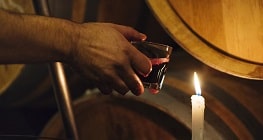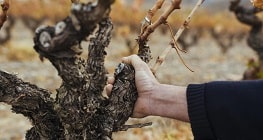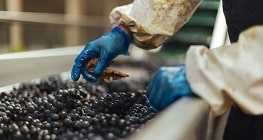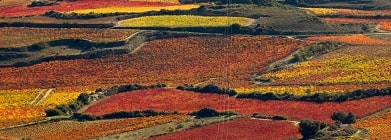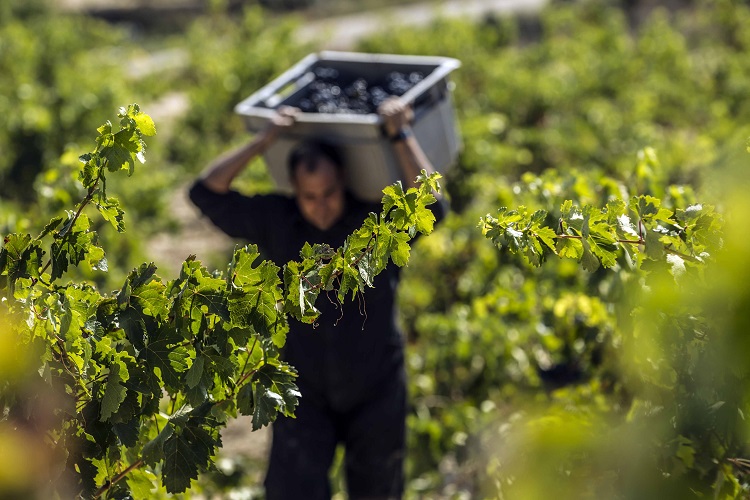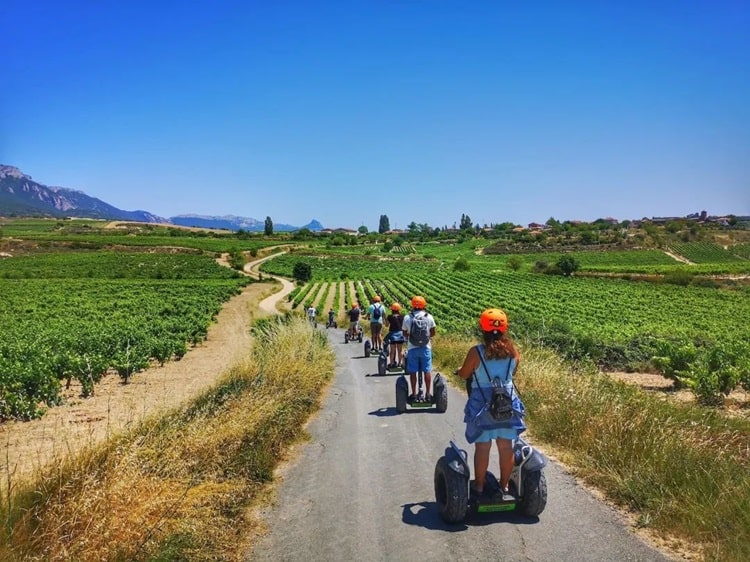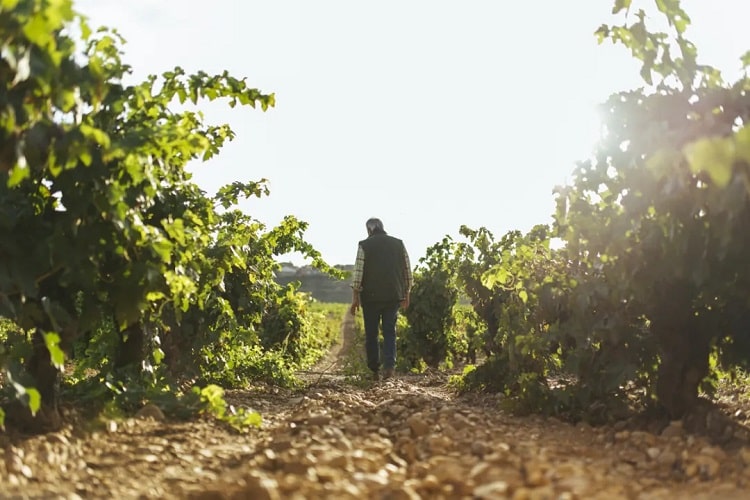The charm of Rioja lies not only in its exquisite wines, but also in the unique experience it offers to wine tourism lovers. In the last 10-15 years, this region has experienced a significant evolution in its wine tourism offer.
The relationship between wine and tourism has flourished, becoming an attractive alternative to traditional tourist preferences. Rioja has witnessed a constant influx of visitors, both national and international, from different regions and countries. Faced with this scenario, the wineries have adapted their wine tourism offer, providing experiences that meet the demands of technological tourists, who are demanding and meticulous in planning their trips.
Rioja: A Destination for Wine Lovers
Rioja’s wineries have diversified their wine tourism offerings to meet the visitors’ expectations. From wine therapy activities to temporary exhibitions, gastronomy in the winery, and guided tours, each experience is a gateway to the fascinating world of wine.
Some revealing facts underline the importance of wine tourism in the region:
– Of the 574 Rioja bottling wineries, approximately 202 are open to the public.
– Between 2000 and 2005, the number of bottling wineries increased by 26.19%.
– In 2022, the economic impact on the region was €155,528,954.
– In 2022, the wineries and museums of the appellation welcomed 748,345 visitors, an increase of 62% over the previous year.
– 29% of the visitors were international

Among other things, there are 3 routes: the Rioja Alavesa Wine Route, the Rioja Alta Wine Route and the Rioja Oriental Wine Route.
Rioja Alavesa Wine Route
The Rioja Alavesa Wine Route, a pioneer in Spain, offers more than 140 establishments that embrace the region of Alava. From wineries to museums, accommodation, restaurants and wine cellars, each place comes together in a collective project to enhance the visitor’s experience. Beyond the wineries, this route will surprise you with vineyard landscapes between medieval villages, festivals that reflect local life and charming accommodation. Laguardia, with its medieval appearance, and Elciego with the impressive ‘City of Wine’ are a must during your visit.

Rioja Alavesa, Laguardia
Rioja Alta Wine Route
This route immerses you in the rich historical and artistic heritage of the Autonomous Community of La Rioja. From the Monastery of San Millán de la Cogolla, the cradle of Castilian, to the city of Haro and medieval Briones, each step is a history lesson. Here, the large wineries of the famous Barrio de la Estación in Haro coexist with the small producers who preserve old cellars. Nature and vineyards link the Ebro Valley to the Sierra de la Demanda and the Obarenes Mountains.

Rioja Alta, Badaran, San Lorenzo
Eastern Rioja Wine Route
In the easternmost area of the QDO Rioja. Rioja Oriental is a privileged land for vineyards. Towns like Aldeanueva de Ebro, with its Wine Museum, capture the essence of the region’s wine culture. The route invites us to explore Alfaro, Autol, Quel, Arnedo and others, where family and larger wineries coexist, revealing the richness of this oenological land.
The QDO Rioja Wine Routes offer not only exceptional wines, but also a great experience.

Rioja Oriental, Autol, Yerga
Wine tourism has not only changed the way we enjoy wine, it has also helped to position Rioja as a destination that balances tradition and modernity, offering an authentic experience that continues to capture the attention of those looking to explore the diversity of the world of wine.

